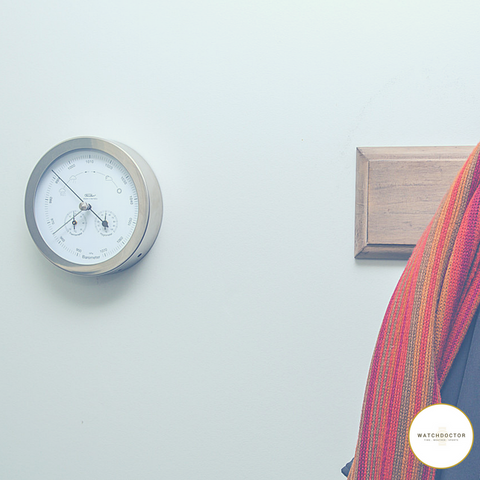Do you ever wonder if the humidity and moisture in your home is damaging your health or your children's health? Growing up in the South Island I had never really experienced humidity like you find in Auckland. It wasn't until I moved there in 2011 that I discovered how unhealthy some of the homes are.
Flatting in Auckland
My first Auckland Flat in my early 20's was the suburb of Mt Albert, it was an art deco flat, not really built for the environment. In fact so much so that mould started growing on the walls after I had been living there for a few months. And I later discovered it had even started to grow in the shoes and luggage I had stored under my bed. I found I was always sick, my family would tell me I smelt musty and mouldy when I visited them on holidays. Needless to say, I did not live there long.
Dampness, Mould and Asthma
I decided to move out and find something newer in Sandringham, this was a 90's townhouse, which felt (and smelt) much better than its predecessor. But after a just a few weeks of living in that house, I started to experience difficulty breathing, my ezcema returned, especially at night and my asthma which has not really been a problem since I was a child, came back and I was using my inhaler several times a day.
Toxic Mould
After two nights of heavy rainfall, my flatmate discovered a leak in her room. The landlord sent someone to fix it, and after moisture testing our rooms they asked us if we had been getting recurring respiratory issues and difficulty breathing. To which I responded "YES! Is that why I can't breathe?". They informed us that it was toxic mould and we could no longer sleep in these rooms and we would have to move our stuff out immediately.
What is Hidden behind the walls.
And this was a house that did not look damp in comparison to its predecessor. This is why it is so important to measure the humidity of your home. Cameron (the Watchdoctor) had a similar experience with this Grandson after the Christchurch Earthquakes Which you can read about here... after the house developed cracks, moisture started to seep in and the humidity of the house changed making it feel colder and damper than usual.

How can you optimise the humidity in your Home.
You want to know how bad the humidity and moisture levels are in your home. Things like showering, cooking and even boiling the jug can add to the level of steam and water in your home. You want to measure the humidity in your house so you know when to open windows, or turn the dehumidifier on. This can be done with a tool called a hygrometer. You can also find a hygrometer, along with a thermometer (for temperature) and a barometer (to detect changes in weather patterns) on a weather station.

What level of Humidity is healthy in my home?
To support a healthy living environment you want the humidity of the room to be between 35% - 65%. If it is too humid you start to see tell tale signs like condensation, mould spores growing on the walls (very common up in Auckland), you may catch more bugs, and get asthma. If it is not humid enough you may get a dry nose, throat and skin.
If you are keen to know the level of humidity in your home, or you are worried about the health of a loved one living up in Auckland, browse our range of Weather Stationsand Hygrometers. They make excellent wedding presents, house warming gifts, corporate gifts and are perfect for that person who already has everything that is impossible to shop for.
We recommend the ADE Hygrometer with Mould Meter with an alarm that tells you when it is damp, to damp, to dry, dry and optimal humidity. It also has a handy Thermometer to tell you your indoor temperature.
Check our our range of Hygrometers to Monitor Home Humidity






Vanessa
July 01, 2018
Highly recommend a hygrometer! It’s valuable information knowing the humidity level in your home, to ensure the comfort and health of your family as well as looking after your house. I purchased one 2 weeks ago and find it fascinating, I have a habit of watching it regularly to see how various household activities affect humidity levels.